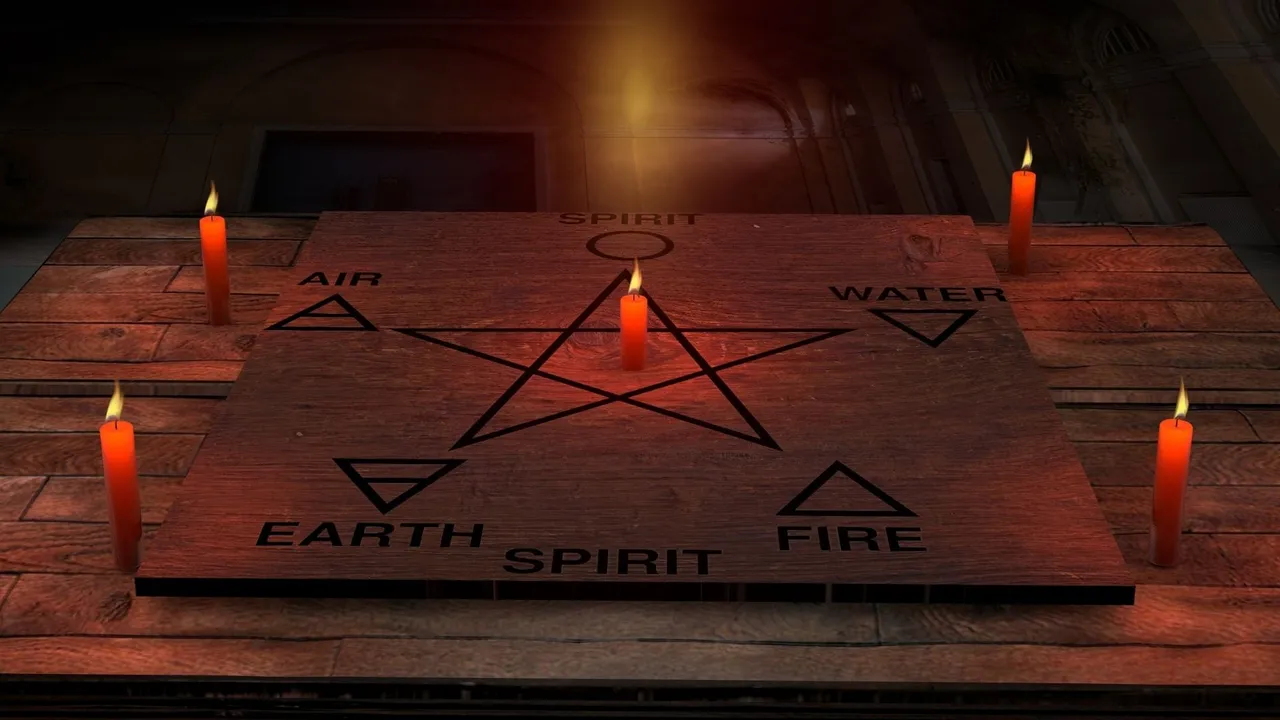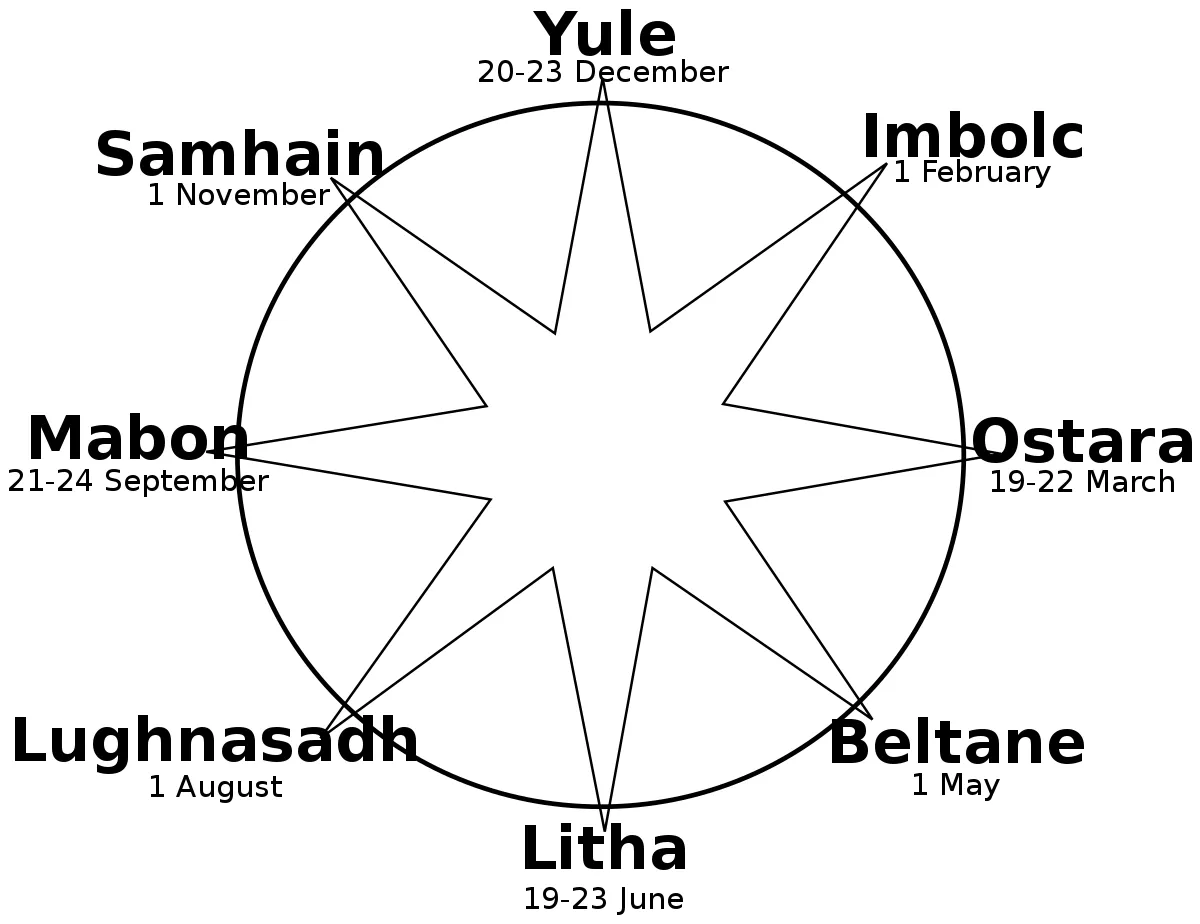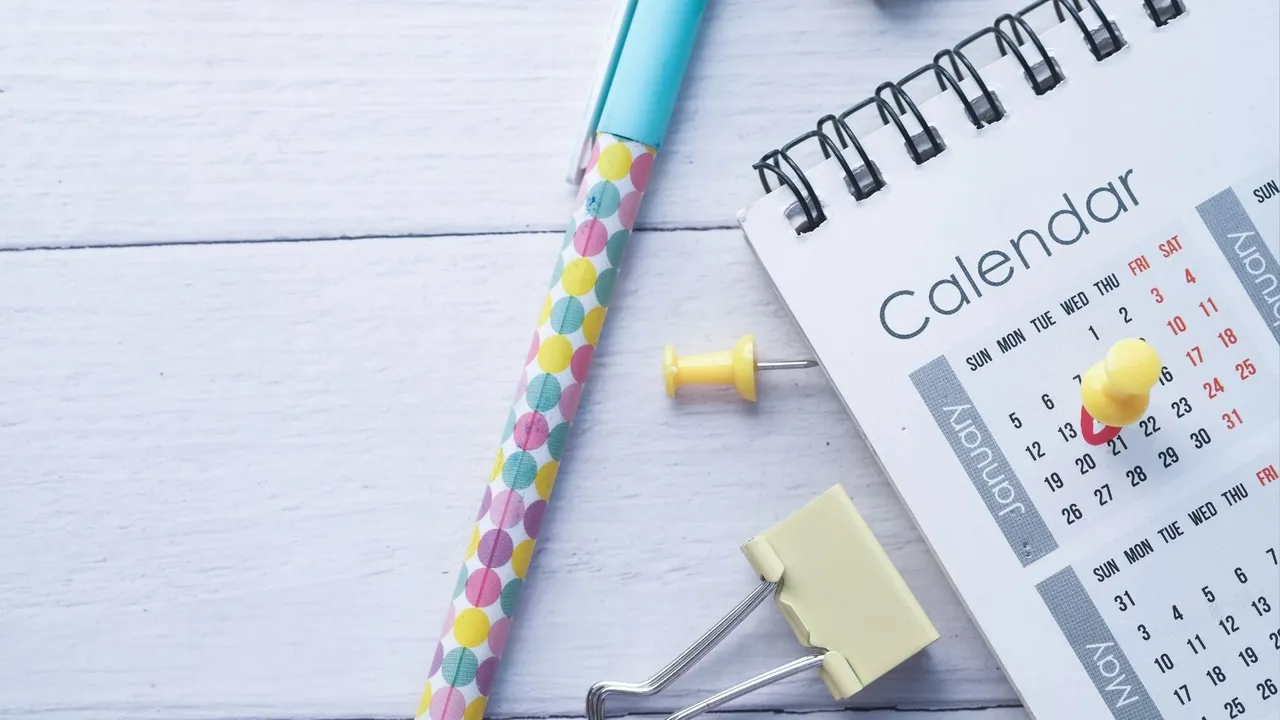Have you ever started a workout regime and made good progress for a few weeks only to have that progress stall out?
This can happen whether you workout at a gym, take an aerobics or martial arts class, or follow along with a workout video. Eventually your progress will stall out.
The frustration that comes with that lack of progress causes a lot of people to go through cycles of working out, getting disappointed, losing motivation, quitting, and then re-starting again months later.
These cycles are pretty predictable, and are part of the reason why most people cannot maintain a workout routine beyond 3 months.
But, I’m going to give you the secret to busting that cycle, and it just happens to be…
Witchcraft!
Let me explain by first defining what I mean by witchcraft, and then by sharing a very important concept in exercise science that is often overlooked by the lay person when starting to exercise.
For the sake of simplicity and for acknowledging that there are myriad traditions that can fall under the umbrella of witchcraft, here’s our simple working definition:
Witchcraft is the use of meaningful symbolism and ritual to add intention and direction to our actions, with the end result being a clear and beneficial outcome. Keep that in mind, we’ll come back to it.

Now for the exercise science concept. We’re talking about something called “Periodization.” Periodization is a fancy way to say, “ We intentionally plan workouts such that the combined progression of those workouts in a given period of time moves us towards our stated goals.”
WTF is Periodization?
In a periodized workout program, you will have different periods of time where you may be working preferentially on a particular aspect of your fitness. Over the course of weeks, months, seasons, and years, we cycle through various goals and methods to continue moving forward, or to maintain what we’ve achieved.
There are many ways to create a periodized workout. Some are great, some have very specific use cases that don’t apply to most people. Generally speaking, everyone needs some kind of periodization.
One particular method of periodization that works for nearly everyone who isn’t a professional athlete (and even many of those who are) is called “Linear Periodization.”
Linear periodization is simple. In a Linear Periodized program, you’ll progressively increase the resistance of your strength training over time. Reps and resistance have an inverse relationships so your program may look something like this. Cardio works similarly with an inverse relationship between volume and intensity.
Period 1: Low weight (50-65% max), High reps (12-20 reps per set).
Period 2: Moderate Weight (75% max), Moderate reps and many sets (8-12 rep sets).
Period 3: Heavy Weight (85% max), low reps (sets up to 7 reps with lots of rest)
Period 4: Power training (90+% max), Very low reps (2-4 per set, give or take. Plenty of rest).

Image sourced from strongerbyscience.com, a fantastic site for science based workout info.
Nearly everyone, regardless of age, gender, or goal, should address these different types of training in their program in some way. The specific exercise selection is an individual thing that you should get some guidance from a personal trainer on. For now, we’re talking about these periods, or cycles.
As a side note, the nice thing about linear periodization is that you spend some time building up a foundational base of strength before getting into the really heavy lifting in periods 3 and 4. So, regardless of your goal, this is a very good periodization style to start with.
How long should a cycle last? That depends. Some periods might last 3 weeks, 4 weeks, 6 weeks, 8 weeks, 12 weeks, or even 16 or more weeks.
For general health and fitness that will make you strong and energetic and capable of moving well, I like 6 weeks. And here’s where we get into the witchcraft a little bit.
To Every Thing, There Is A Season
Pagan and Witchy readers will recognize the Wheel of the Year. The Wheel of the Year is a way to visually represent the changing of natural energies throughout the year. It’s a circle broken up into 8 pieces. These 8 pieces are marked with quarterly solstice and equinox observations. And they are marked with cross quarter holidays between each solstice and equinox.
Roughly speaking, major points on the Wheel of the Year are 6 weeks apart, give or take.

Image Source: Wikipedia
Each of these 4 seasons that make up the year, or the six week subdivisions of them, have their own kind of energy to them. This energy is reflected in the activities typically done by pre-industrial humans during that time.
Spring time, for example, has lots of time spent outdoors preparing for agriculture. There’s a high volume of work done, and also a lot of play. But there’s no heavy “harvesting” type work done. So, spring would be equivalent to our Period 1, lots of reps and not a lot of weight. It’s great for social games, and dancing and festivals. So think longer duration bouts of cardio.
Summer time has long hours of working towards a successful harvest. The work is moderately hard, but there is lots of work to be done. Longer days mean more work and less rest. This is in line with Period 2, above.
By late Summer and Autumn, agricultural people would be harvesting the fruits of their labors. This is a transition to heavier and heavier lifting. And with shorter days, the importance of more rest to recover from that heavy work is offered. This is fantastic for periods 2 and 3.
Winter is spent with longer rest periods, and relatively less social happenings. This is a great time for the short burst, solitary type of workouts in Periods 3 and 4. Spending time indoors with heavy weights, or outdoors shoveling heavy snow, then enjoying a long rest between activities or sets is the order of the day.
That’s a rather high level view of how our training cycles can fit into 4 seasons.
But the Wheel of the Year has 8 divisions, and the year has 52 weeks, not 48. So… What now?
Going Deeper
One half of the Wheel of the year can be considered the “dark, introspective” half. The other can be considered the “light, expansive” half. Each half comprised 4 periods. And our progression from periods 1-4 can take place along that half year, or 4 periods of 6 weeks, timeline. This gives us 2 times per year of doing period 1, for example. Once in the introspective half of the wheel, once in the expansive half of the wheel. Our springtime expansive half might include lots of social activities, like dancing, for our cardio. Our Autumn introspective period 1 might include running by yourself. A perfect time to prepare for popular Thanksgiving day races.

That’s just one example. But it still only accounts for 48 weeks out of the year. Well, here’s the cool part. The other 4 weeks are rest weeks. Rest periods are programmed into any good workout plan. And in many cultures there are important holidays around the time of the solstices and equinoxes. Many people take vacations from work around these times. These rest weeks are important. You can transition from one season (12 week period, or 2 subsequent 6 week periods) with a rest week.
Rest weeks are important. Most of our gains are realized when we rest, and eat a little more, to rebuild after our months of hard work. We naturally tend to rest more and eat more during these holidays. So, rather than feeling guilty about it, just consider it a mindful and intentional part of your overall workout plan.
Fine Tuning Things
This view of the seasons and our relationship to it is very Western and Euro-centric. It’s also a modern take on traditional rhythms of life. It may not map to your own culture, or the natural rhythm of where you live. I currently live in the desert in the southwest United States, and this model of planning workouts requires a little more adaption to suit me personally.
But, it’s a good starting point.
The nice thing about planning 6 week cycles is that it’s flexible. Maybe you want to do shorter cycles to fit in with the rhythm of your life. That’s cool. Try 3 week cycles (the shortest I recommend). Maybe longer cycles work better for you. Then try 12 weeks. And then after every 12 weeks (whether that be a series of 3 week cycles, 6 week cycles, or 12 week cycles or any mix of them), take your 1 week rest week.

The important thing is to reflect on the rhythm of your life, plan your periods, or cycles accordingly, have rest built into the plan, and have a model to fall back to in case life throws you a curveball. We are in an industrial era, and while the natural and agricultural rhythms of life aren’t in sync with our professions, we’re still evolutionarily adapted to those rhythms. So, it’s worth it to keep them in mind when intentionally planning our workouts.
The Wheel of the Year provides all of those things. It provides symbolism, intention, rhythm, and adds a sense of ritual importance to our workouts. Successful people of all spiritual traditions apply these mindfulness techniques in their workouts in some way. And now you have a way to do it yourself.
If you’ve struggled with getting past that 3 month mark with consistent workouts, this may be the secret to your success. You may have been doing all the right things, for a given period of life. But the rhythm of our lives is constantly changing. Change WITH it, and you’ll succeed. Try to do the same thing all the time, and you’ll likely struggle.
Rock on.
